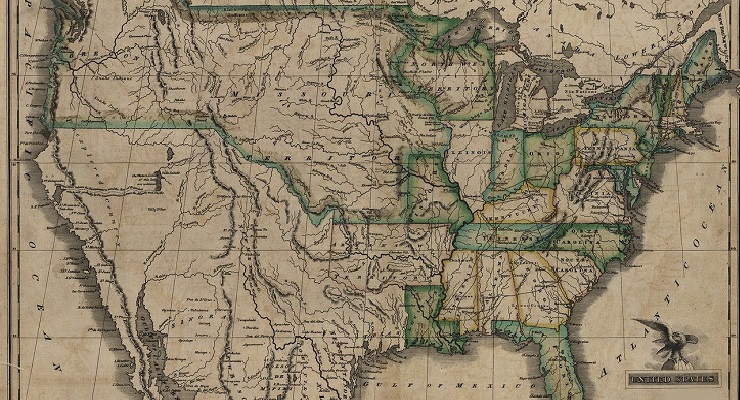
Podcast explores how lines are drawn with worst intentions when one party controls the process | Democracy, elections and voting at Democracy Chronicles
Using data from the 2012, 2014, and 2016 election cycles, a new report examines how states draw congressional maps and focuses in on the manipulation of district lines. “Every decade, states redraw congressional maps after the decennial census. Redistricting allows districts to be rebalanced, ensuring in theory that all districts are both equally populated and representative,” the report reads.
“But redistricting also provides an enormous opportunity for politicians: the chance to redraw a district map means the opportunity to gerrymander and to manipulate a map to create a more favorable set of districts for themselves and for their party. Congressional maps were last redrawn en masse after the 2010 Census, and accusations of gerrymandering in states nationwide soon followed.”
Where and how does gerrymandering take place? What is the magnitude of manipulative mapping?
Guests who appear on the podcast include Laura Royden, co-author of the “Extreme Maps” report and researcher at the Brennan Center for Justice at New York University School of Law and Michael Li, report co-author and senior counsel at the Brennan Center.
Leave a Reply